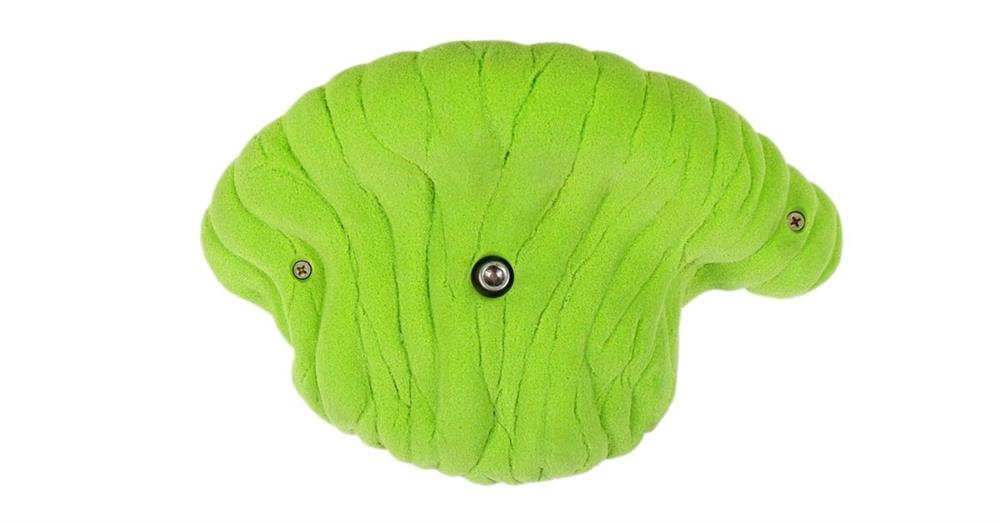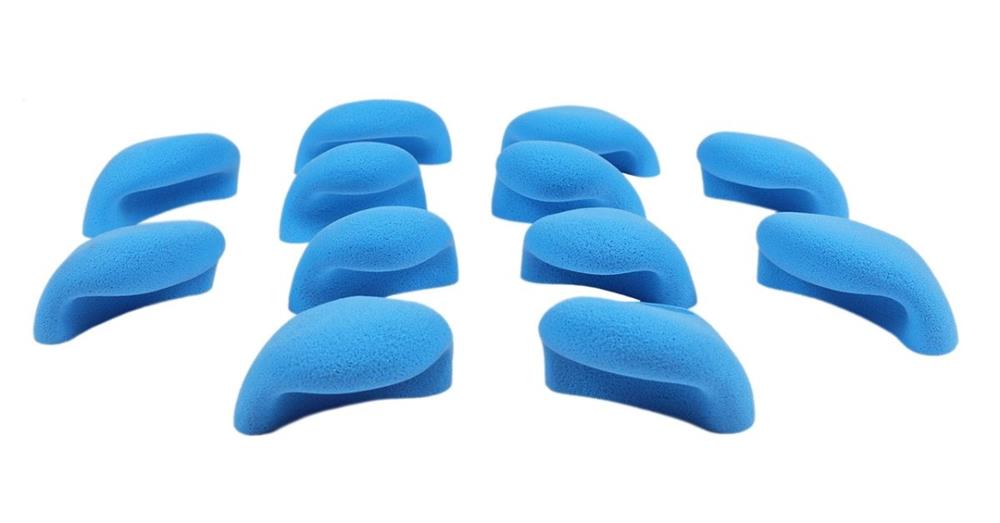Rock climbing is a thrilling sport that requires both physical strength and mental strategy. For enthusiasts, beginners, and gym owners alike, understanding the various types of climbing holds and their uses is crucial.
One of the most essential types of holds is climbing jugs. Below, we’ll explain everything climbers should know about climbing jugs, from the different types of jugs to technique tips and more!
What Are Climbing Jugs and Why They Matter
Climbing jugs are large, often rounded holds that are easy to grip, making them a favorite among beginners and experienced climbers alike. Their substantial size allows you to use your entire hand, providing a secure hold that can support your weight as you ascend. These holds are particularly important for beginner climbers because they encourage the development of basic climbing skills.
But don’t let their simplicity fool you; climbing jugs are also integral for advanced climbers. They serve as rest points on challenging routes, allowing you to recover momentarily before tackling the next difficult section. The versatility and reliability of climbing jugs make them indispensable in any climbing setup, whether it’s a home wall or a commercial gym.
The Different Types of Climbing Jugs
Although climbers generally categorize jugs by their ease of grip, they come in various shapes and designs to cater to different climbing needs and preferences. When designing and installing a rock climbing wall, having a variety of rock climbing jugs is best. Some options include:
Slopers
These jugs have a smooth, rounded surface that slopes away from the wall. While they offer a large surface area for your hands, they require a precise grip and an understanding of body positioning to use them effectively. Climbing a route that features slopers is an excellent way to challenge yourself and improve your technique.
Pockets
These jugs have a deep groove or hole for your fingers to fit into that require climbers to have a strong grip to use. Pockets come in different sizes and shapes, from shallow two-finger pockets to deeper four-finger pockets, offering a range of difficulty levels.
Incuts
These jugs feature a cut-in section that provides a more secure grip, ensuring climbers can hold on even under challenging conditions. They are excellent for overhangs and steep walls where a reliable hold is critical, allowing climbers to maintain their balance and strength. Incuts can withstand intense use, making them a great choice for both indoor and outdoor climbing enthusiasts.
Ledges
Like incuts, ledges have an indented area for your hand, but they also have a broad flat surface to stand on, providing extra stability. Ledges are typically found on overhanging walls and serve as crucial rest points for climbers.
Ledges can vary in size and shape, sometimes allowing climbers to reposition their feet and hands more comfortably. For many, finding a good ledge can make a significant difference in managing fatigue during a climb.
Buckets
Like their name suggests, bucket jugs are deep holds that you can grab onto like a bucket handle. They are beginner-friendly and offer maximum grip and support. While they may seem easy at first, climbers can use them in various ways to add challenges and diversity to a climbing routine.
Edged Jugs
Edged jugs combine the positive grip of incuts with a slightly more technical edge. They’re great for developing finger strength while still providing a reliable hold. Look for these jugs on your next climb and challenge yourself to hold onto them with just a few fingers.

Beginner Technique Tips for Climbing and Maneuvering Jugs
Mastering climbing jugs is essential for beginners, paving the way for more challenging holds in the future. Key tips for handling jugs effectively include:
- Gripping them securely with your full hand.
- Maintaining proper body positioning by keeping your hips close to the wall.
- Using efficient footwork to conserve energy.
Additionally, it's important to utilize jugs as rest points, where you can take a moment to strategize your next moves and recover. By focusing on these techniques, beginners can build a strong foundation, develop confidence, and prepare themselves for more advanced climbing challenges.
Advanced Technique Tips for Climbing Jugs
Once you've got the basics down, it's time to refine your skills and take your climbing skills to the next level. With climbing jugs, climbers looking to improve can also use them for more challenging techniques and strategies to develop grip strength and climbing experience, such as:
Dynamic Movements: Incorporate dynamic movements or "dynos" into your training. This involves leaping from one hold to another, which is a great way to develop power and coordination. Practice dynos on different types of jugs to improve your skills in a variety of situations.
Campusing: Campusing refers to climbing without using your feet, relying solely on upper body strength. While it's an advanced technique, practicing this on climbing jugs can help you develop exceptional grip and arm strength. Start with small movements and gradually work your way up to more challenging jugs.
Diversify Your Grips: Don't limit yourself to one type of grip on climbing jugs. Experiment with open-hand, crimping, and sloping grips to increase the difficulty and diversity in your training. As you progress, try using fewer fingers or holding onto smaller areas of the jug to push yourself further.
Climb Blindfolded: This may sound scary, but it's an excellent way to improve your technique and develop a better sense of body positioning. With your vision blocked, you'll have to rely solely on touch and muscle memory to navigate the climb. You should do this with a trusted belayer who can shout instructions and offer guidance if you get stuck.

Tips for Installing Climbing Jugs
Whether you’re installing a home climbing wall or a gym owner adding a rock wall to their facility’s amenities, proper installation of climbing jugs is crucial for both safety and enjoyment. Always use bolts and anchors for climbing to ensure maximum security. It’s important to make sure the holds are stable and firmly attached to the wall.
Additionally, install a variety of jugs to cater to all skill levels. Regularly inspect the holds for any signs of wear and tear, and promptly replace any damaged or worn-out holds to maintain a safe climbing environment. By following these guidelines, you can create a climbing setup that is both challenging and safe for all users.
Where Can I Find Climbing Jugs for My Climbing Wall?
When it comes to sourcing high-quality climbing jugs for your wall, look no further than Atomik Climbing Holds. Atomik offers a diverse and extensive selection of climbing jugs, catering to climbers of all skill levels.
We manufacture our holds in-house with durable materials to withstand rigorous use. They come in a variety of shapes and sizes to keep your climbing experience fun and challenging. Whether you're setting up a home climbing wall or outfitting a commercial gym, Atomik Climbing Holds has the perfect jugs to meet your needs and elevate your climbing game. Visit our website and explore their impressive inventory to find the ideal climbing jugs for your wall today!




Leave your comment